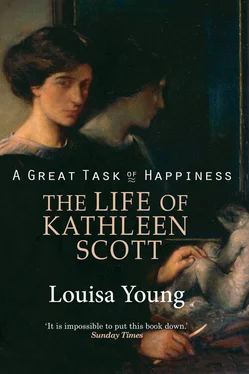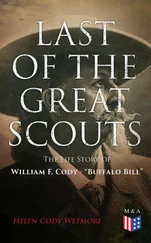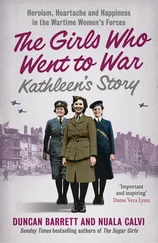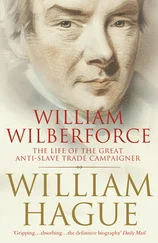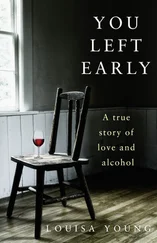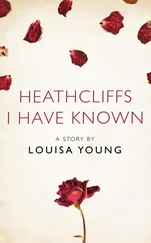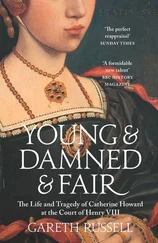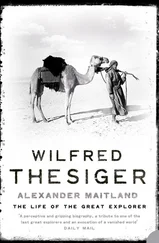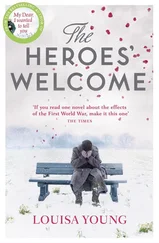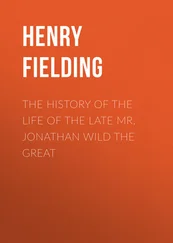Louisa Young The Lacket, 1994
Introduction to the new edition
This was my first book and time has passed. It is now a hundred years since Con was at the South Pole; sixteen years since this book was first published. Kathleen’s son Wayland, my father, has been dead nearly two years, and Kathleen herself has reappeared in fiction, casting the face of the wounded hero of my novel My Dear I Wanted to Tell You. This new edition has been corrected and updated, and I have added various interesting things that have come to light since the first edition came out.
Louisa Young London, 2011
ONE Motherless Daughter, Victorian Child
1878–1898
KATHLEEN BRUCE wanted written on her gravestone: ‘No happier woman ever lived’. The first thing to happen to her, however, was that her brother—her favourite brother—slapped her face, complaining that her eyes were too red. Then her mother went blind and died. Then her father died, then her great uncle who had been looking after her. Then she was packed off to school, and then she ran away to Paris to study with Rodin, then to Macedonia to sit in freezing mud and give blankets to the dying. She nearly died there in an epidemic of typhoid fever, and again later during surgery. She helped to deliver Isadora Duncan’s illegitimate child. At twenty-nine she found love with a man named Robert Falcon Scott, married him and had a son. A year later her husband died, frozen and starving on his journey back from the South Pole. By the time she found out, he had been dead a year. After that things looked up a bit.
Kathleen was descended from the brother of the fourteenth-century king of Scotland, Robert the Bruce, of cave and spider fame. On her grandmother’s side she was descended from Nicolae Soutzo, who was in turn Grand Drogman of the Sublime Porte, Grand Logothete, Grand Postlenik of Wallachia and Grand Cepoukehaya, and decapitated in 1769. This side of the family was Phanariot: Greek from Constantinople. The glorious titles denoted positions in the Turkish imperial rule of central Europe. An early ancestor was Michael Rangabe, Michael I, who was Emperor of Constantinople for a very short time in the year 800. His son married an illegitimate daughter of the rather more successful Emperor Charlemagne, who brought as part of her dowry a little fishing village now known as Venice.
One thousand and thirty-two years later their descendant Rhalou Rizo-Rangabe, aged sixteen, was frightened by a mastiff in a street in Athens: so frightened, she said, that she rushed into a nearby house and jumped on the table. The dog’s master, a twenty-one-year-old soldier from Edinburgh named James Henry Skene, over from Malta to shoot duck, followed her in, lifted her off the table and fell in love. They were Kathleen’s grandparents. Rhalou was the daughter of Jacovaki Rizo Rangabe, the last Grand Postlenik of Wallachia, and Princess Zoe Lapidi; James was the son of Sir Walter Scott’s best friend, James Skene of Rubislaw, a brilliant watercolourist whom Scott described (in the preface to Ivanhoe ) as ‘the best draughtsman in Scotland’, and who is the only non-Greek to have a room devoted to his work in the National Gallery in Athens. James junior’s mother was Jane Forbes, whose great uncle, Lord Pitsligo of Monymusk, had dashingly served the Young Pretender, disguised as a beggar, at the age of seventy.
James and Rhalou were married in 1833. Later James’s sister Carrie married Rhalou’s brother Alexander Rangabe. James sold his commission in the King’s 73rd (later the 2nd Black Watch) to become a writer and diplomat, and they moved in with his parents, who, following their children’s example, had moved to Athens. James and Rhalou had seven children, including a daughter named Janie after James’s mother: she was to be Kathleen’s mother. The children’s aunt, Fifi Skene, would take them on walks to the Acropolis and tell them how the caryatids wept each night for their sister, kidnapped by wicked Lord Elgin (who was another cousin) and imprisoned in the British Museum; and their Greek nurses told them tales of Turkish cruelty. The family travelled a great deal: James Skene lived ‘as a sheik’ in Syria, and Fifi took the children to Paris, introduced them to a pasha’s wife in Bulgaria and, when the opportunity arose, showed them slaves being sold in the market and the head of a decapitated bandit.
When Janie was seven the Skene grandparents returned to Britain, and Janie and her sister Zoe, aged eight, went too. They lived a while in Oxford, where the sisters took lessons with dons and attended lectures. At seventeen Zoe married Dr William Thompson, a cleric who seemed to be promoted every time Zoe had a child: when he became Archbishop of York, Bishop Wilberforce commented that Mrs. Thompson had better be careful, because ‘there are only Canterbury and Heaven before him’. (Their son Basil became prime minister of Tonga.) Janie was twenty-seven when she found a priest of her own, the Rev. Lloyd Bruce, whom Zoe described as ‘dull, shabbily dressed and too old’ (he was thirty-four). Janie felt otherwise: ‘Oh, dear Zoe,’ she wrote, ‘I wish you could see him a little more with my eyes!’ In 1863 they were married at St Michael’s, Oxford.
Janie was energetic and charming and something of a beauty: she posed for Rossetti. However, her health was intermittently bad. Having six children (including two sets of twins) in three-and-a-half years did not improve it, though she said it was the raising not the bearing that wore her out. In 1868 she had a complete collapse and had to be fed at half-hourly intervals:
| 9am |
Beef tea |
| 9.30 |
Champagne |
| 10 |
Chicken broth |
| 10.30 |
Arrowroot with milk |
| 11 |
Turtle soup or beef tea |
| 11.30 |
Medicine |
| 11.45 |
Champagne |
| 12 |
Custard pudding |
| 12.30 |
Beef tea |
| 1pm |
A sandwich of chicken or mutton with a little brandy and water |
| 2 |
Medicine |
| 2.30 |
Chicken broth |
| 3 |
Champagne |
| 3.30 |
A cup of milk |
| 4 |
Brandy and water |
| 5 |
A cup of cocoa |
| 5.30 |
Turtle soup |
| 6 |
A cup of tea with two teaspoonfuls of brandy with a little heated butter |
| 7 |
Medicine |
| 7.30 |
Beef tea |
| 8 |
Cocoa with a rusk |
| 9 |
Chicken broth followed by champagne |
| 10 |
Arrowroot with milk |
| 11 |
Cup of tea with brandy |
| 12 |
Chicken broth and champagne |
| 1 |
Cocoa |
| 2 |
Cup of tea. Brandy |
| 3 |
Beef tea and a glass of champagne |
| 4 |
Arrowroot and medicine |
| 5 |
Cocoa |
| 6 |
Beef tea and champagne |
| 7 |
Tea and toast |
| 8 |
Arrowroot with brandy and medicine |
Janie largely recovered from this illness (hysteria, said a London specialist, and who could blame her on that diet?) and on the advice of her doctor had more babies. Between times she took to illustrating photo albums with beautiful pictures of flowers, to raise extra money for the family (the pre-Raphaelite William Riviere had taught her to draw in Oxford). Zoe would sell them for three guineas each. The Bruces were not as well off as Zoe’s constantly elevated family, and Zoe continually (and in the face of Janie’s well-bred protests and deeply felt gratitude) plied them with petticoats and soldier outfits and whatever was needed. ‘You really are a witch to find out our wants as you do,’ Janie wrote.
Читать дальше
